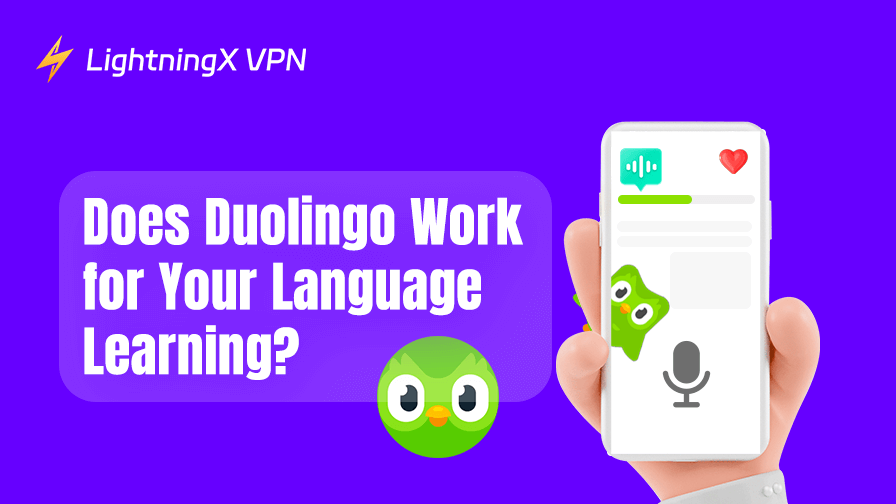Maybe it’s a sudden impulse, or perhaps a well-considered decision – you’ve decided to learn a new language to expand your skills. With a limited budget and not much spare time or energy, many people turn to a reliable app as a learning tool. Duolingo has stirred up quite a buzz in this field. But does Duolingo work? Can it really help you make progress in language learning?
At this point, you might start wondering: What’s truly the most important factor in learning a language? Is it driven by interest, or is it about having the right method?
What Kind of App Is Duolingo?
Have you ever heard a friend say their owl “broke” or melted on their home screen? That owl refers to Duolingo’s mascot. These expressions usually mean they broke their daily streak or haven’t logged in for a while, which makes the little owl “sad.”
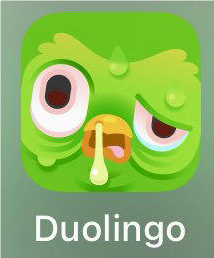
The green owl is everywhere, from ads and app stores to all kinds of memes. This language learning app’s interface is brightly colored and has a cute aesthetic. It turns language learning into a kind of level-based game.
For many people (myself included), Duolingo is often a go-to choice when first exploring language-learning apps. On Duolingo, you can earn gems, unlock badges, and compete on leaderboards with others.
This gamified experience attracts plenty of language learners. But here’s the question: while it feels like you’re leveling up in language skills, are you really learning anything? Or are you just tapping the screen to pass levels?
That’s what we’re going to talk about today.
Duolingo’s Teaching Model
Duolingo’s overall teaching model aligns well with its “easy to get started” positioning. When you open the app, you’ll find that it’s built around short, bite-sized tasks. Each lesson only takes a few minutes and keeps the content light, making it perfect for learning in small fragments of time.
Common Exercise Types
The app includes various exercise types such as word matching, simple translations, dictation, and fill-in-the-blank tasks.
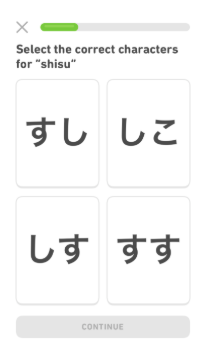
The focus is on drilling common words and phrases to help users memorize them quickly.
Listening Comprehension
Duolingo includes listening exercises where users listen to a sentence and write it down, either filling in blanks or typing the full sentence. This helps train listening skills while reinforcing word recognition and sentence structure.
Grammar Absorption
Rather than explaining grammar rules in-depth at first, Duolingo lets users “absorb” grammar through practice. For example, users may encounter verb conjugations or grammatical gender without a detailed explanation, relying on repetition to understand these concepts.
Story Mode and Roleplay Dialogues
In certain language courses like English or Spanish, Duolingo offers “Story Mode” and “Roleplay Dialogues.” Users can read short stories and answer comprehension questions, adding variety and engagement beyond pure vocabulary practice.
Overall Teaching Model
Duolingo’s model can be summarized as task-driven, with small steps and a vocabulary-first approach. It aims to lower the barrier to entry through light input, allowing users to progress gradually through easy accumulation.
Duolingo’s Strength Is Also Its Weakness
Duolingo doesn’t provide a complete grammar framework for language learners.
Some might argue that grammar isn’t crucial in everyday conversations, but that’s not quite true. Grammar is the foundation of any language; it’s the philosophy behind communication. Only when you understand its inner logic can you truly master a language.
Native speakers may not consciously focus on grammar while speaking, but that’s because they’ve been immersed in it their whole lives. Their fluency in grammar is like breathing – natural and automatic.
Simplistic Question Design
It’s not that Duolingo’s questions are “easy”, but that they aren’t thoughtfully crafted. Many of them are just stacks of disconnected words. More importantly, they lack real context. So, no matter how many exercises you do, it’s hard to develop a real “feel” for the language.
You might memorize words and become familiar with sentence structures, but when it’s time to use that knowledge in actual conversation, your mind might go blank. It trains recognition reflexes, but not expression reflexes.
Sometimes, you can clearly recall a sentence – but have no idea when or how to use it. This sense of disconnection becomes more noticeable in the later stages of learning.
For those hoping to build a solid foundation through Duolingo, the lack of context and authentic language environment can easily trap you in the “knows a lot, says little” phase.
The Language-to-Language Translation Trap
Have you noticed how Duolingo’s exercises work? The ones I’ve encountered include word-matching, sentence translation (often one-to-one word mapping), and voice dictation (still in chunked phrases).

In other words, Duolingo’s language learning relies heavily on translating between two languages.
But if you’re experienced in learning languages, you know the goal isn’t “how well you can translate,” but “what you can do with the language.”
In other words, the end goal of language learning isn’t accurate translation, instead, it’s thinking in that language.
Sure, you might be able to translate “I am going to the store” into “今から店に行きます,” but when you’re standing on the street and need to say the same thing, what comes to mind isn’t the sentence.
It’s the green interface and a few word-choice cards. That’s a weird kind of disconnection as if you’re memorizing rules instead of learning a real tool for communication.
That’s why immersing yourself in real content (local videos, native-language websites, or foreign news platforms) matters so much.
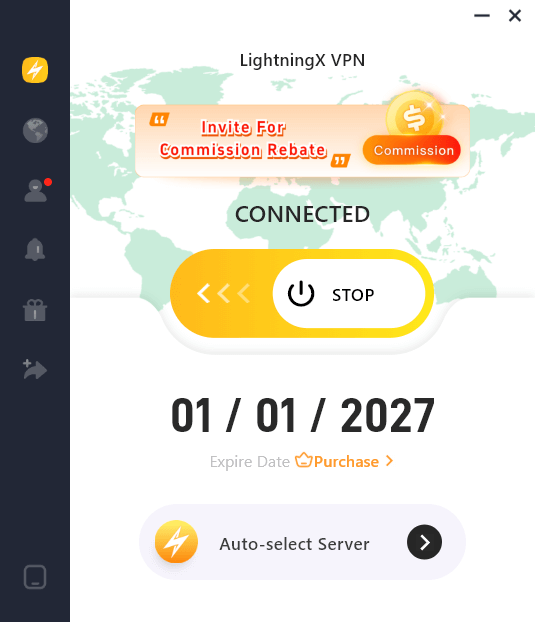
Tools like LightningX VPN (with 2000+ servers in 70+ countries) can make this far easier by letting you securely access region-locked content from anywhere in the world.
Whether you want to stream a Spanish documentary, browse a Japanese news site, or join a French online forum, LightningX VPN helps you go beyond the app and step into the real language environment.
Quick Review
Moreover, when you’re constantly in the “translate–match–correct” loop, you gradually form a habit of looking for the “right answer” instead of expressing what you truly want to say. Over time, language stops being a tool for communication and turns into a series of mini quizzes. You start focusing on “Did I get this right?” instead of “Does this sound natural?” or “Did I get my point across?”
Of course, this doesn’t mean Duolingo is completely useless. It can indeed help you build vocabulary, get familiar with common structures, and even develop a sense of rhythm in the language. But you’ll eventually realize that just relying on this isn’t enough to truly speak the language.
If you’ve been using Duolingo but still lack confidence when speaking, the issue might not be your effort. Instead, you could be “translating” the language rather than truly “using” it, and the gap between the two is much wider than you might think.
Duolingo excels in motivation and fun, but its teaching depth often falls short for those with more specific language goals. If you’re serious about mastering a language, for example, Chinese, you might want to explore more specialized platforms.
Like some other best apps to learn Chinese. They offer tailored tools and resources that can help you make more significant progress in your Chinese learning journey.
Learning a Language with Duolingo Means Accepting Its Rules as a Game
What is Duolingo at its core? To be honest, it does carry a sincere intention to help people learn languages. But don’t forget that it’s still a profit-driven app. Think about the unskippable ads for premium subscriptions, or the heart-losing mechanism when you make mistakes.
I’m not saying this commercial nature invalidates its language-learning functions, but some of its design choices (like needing hearts to continue practicing) can be a real obstacle, especially for those who struggle more with learning.
Duolingo can also be a small source of motivation to stick with it.
That said, Duolingo’s mechanisms can also serve as a motivational boost. I personally use Duolingo to study Japanese and have maintained a 496-day streak. Of course, I haven’t been logging in like clockwork every single day. I have my own life too.
Sometimes I forget to do the lessons. But my streak didn’t break, because Duolingo understands human nature well. It knows that few people can log in every single day for an app that’s partly just for fun.
So, it offers a “Streak Freeze” you can buy with gems to preserve your streak even if you miss a day. That sense of accomplishment from a long streak is what keeps me going.
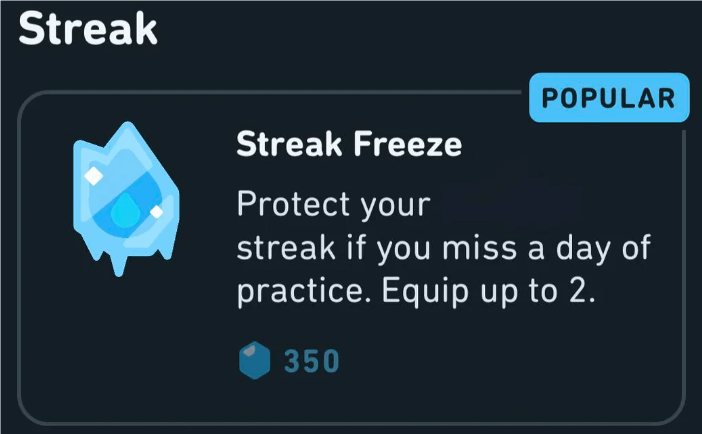
In fact, I’m not even studying Japanese with a strong purpose. In other words, I’m not aiming to pass the JLPT N1 or N2. But reviewing simple words and maintaining a feel for the language, plus occasionally showing off my streak to friends, gives me lasting motivation to continue learning.
Advice: Everyone learns a language for different reasons.If your goal is truly to master a language, then Duolingo can still be a helpful supplementary tool. But if you’re hoping to become fluent using Duolingo alone, I’d caution you – that’s not a very realistic expectation.
Who Is Duolingo for? Is It Actually Useful?
If you’re wondering whether Duolingo is right for you, take a look at these scenarios and see if any resonate.
First, if you’re just starting with a new language and have no idea where to begin, Duolingo is a pretty good starting point. It’s simple and intuitive, won’t scare you off at the beginning, and doesn’t overwhelm you with complex grammar rules right away (though this is a double-edged sword). It’s fun and easy to get into.
Second, if you’re someone who knows you struggle with consistency and need instant feedback or small wins to stay motivated, Duolingo can help build your confidence. Doing small daily tasks and watching your streak grow can give you a sense of progress that keeps you going without you even realizing it.
And if you don’t have a clear, high-pressure goal, say, you’re not planning to take a language test or move abroad, then Duolingo is more than enough. Especially if you’re busy with work or life and only have a few spare minutes a day, it’s perfect for slotting into your fragmented time.
So no, it’s not for everyone. But if you’re looking for something light, low-pressure, and easy to fit into a busy schedule, Duolingo is actually a great choice.
Conclusion
In the end, does Duolingo work? Here’s a metaphor: learning a language should be like learning to navigate a strange forest on your own, not just following a pre-marked trail on a map. Duolingo might teach you how to read the map (which is an important foundational skill), but it won’t teach you how to truly explore.
Its biggest strength is lowering the barrier to entry. It lets more people start learning a new language in a fun, relaxed way. For total beginners who want to build a little language awareness, it’s a great first step.
But if your goal is to deeply master a language, Duolingo alone won’t get you there. You’ll need structured grammar learning, tons of input in real contexts (like reading, listening to podcasts, and watching shows), and most importantly, conscious practice in producing the language through writing and speaking.









